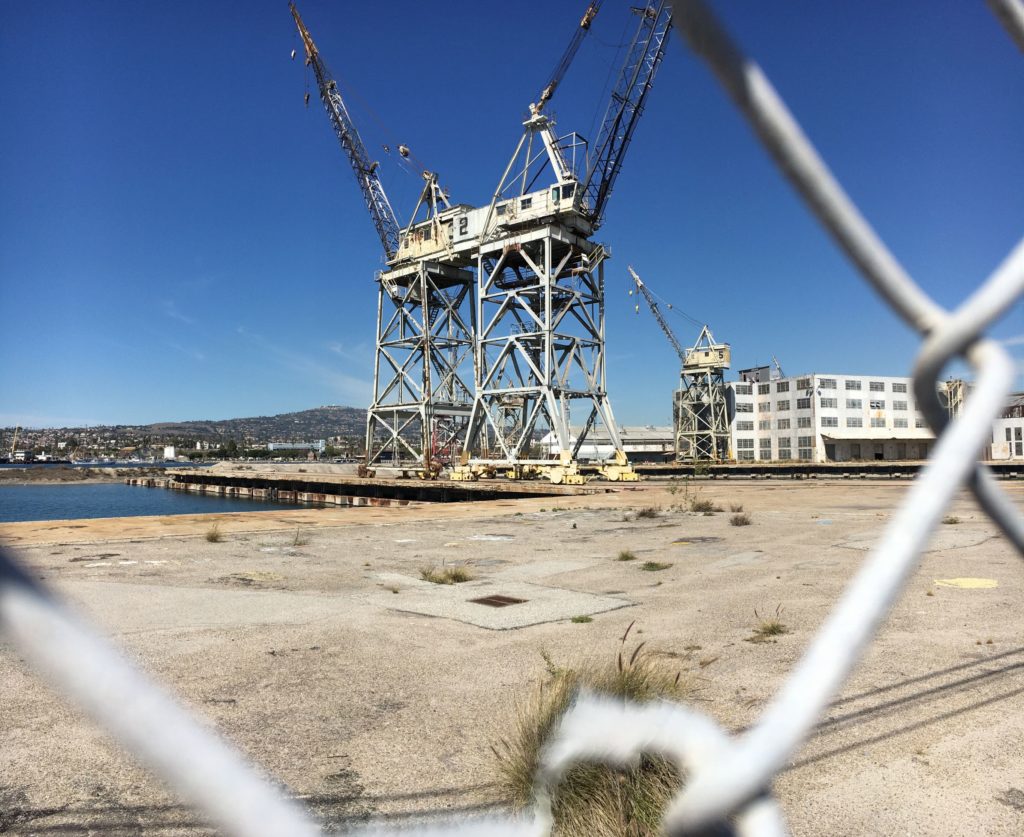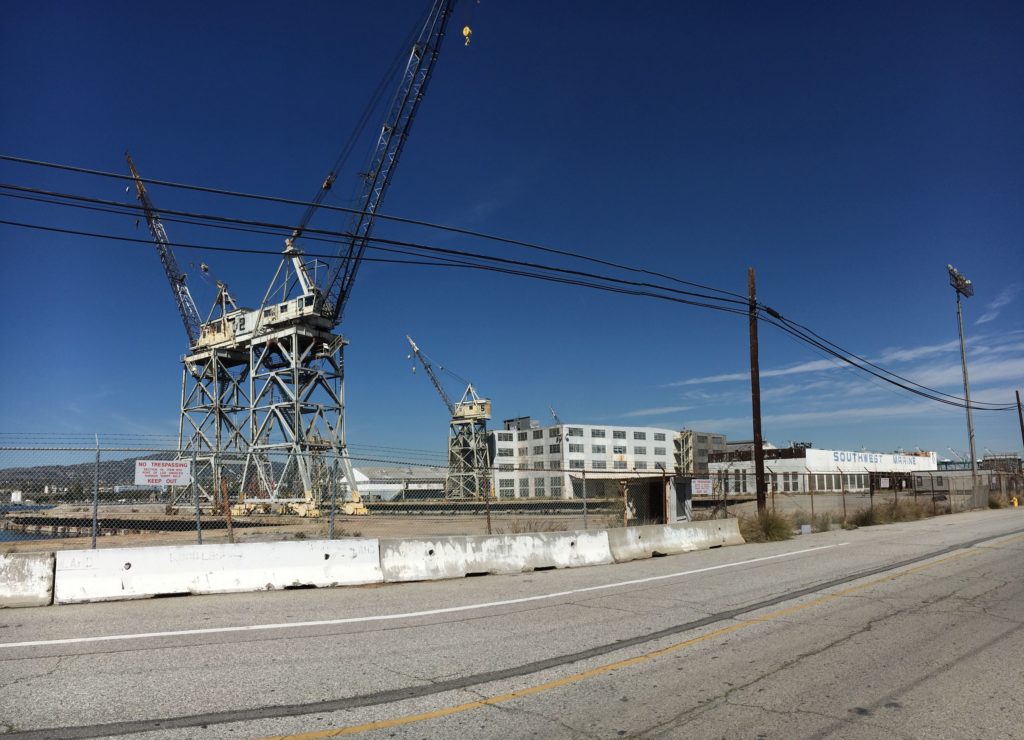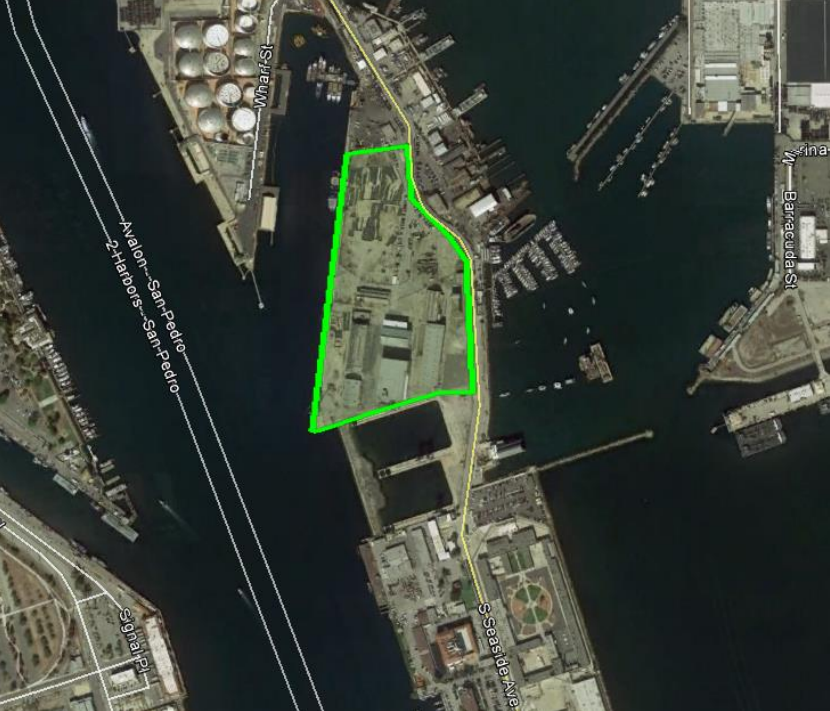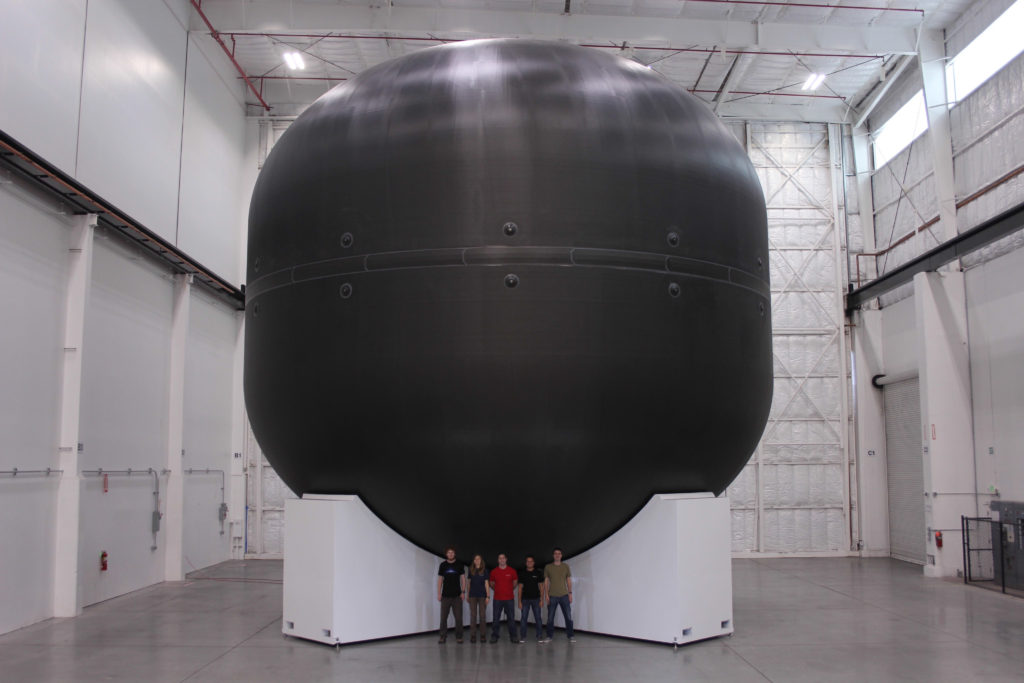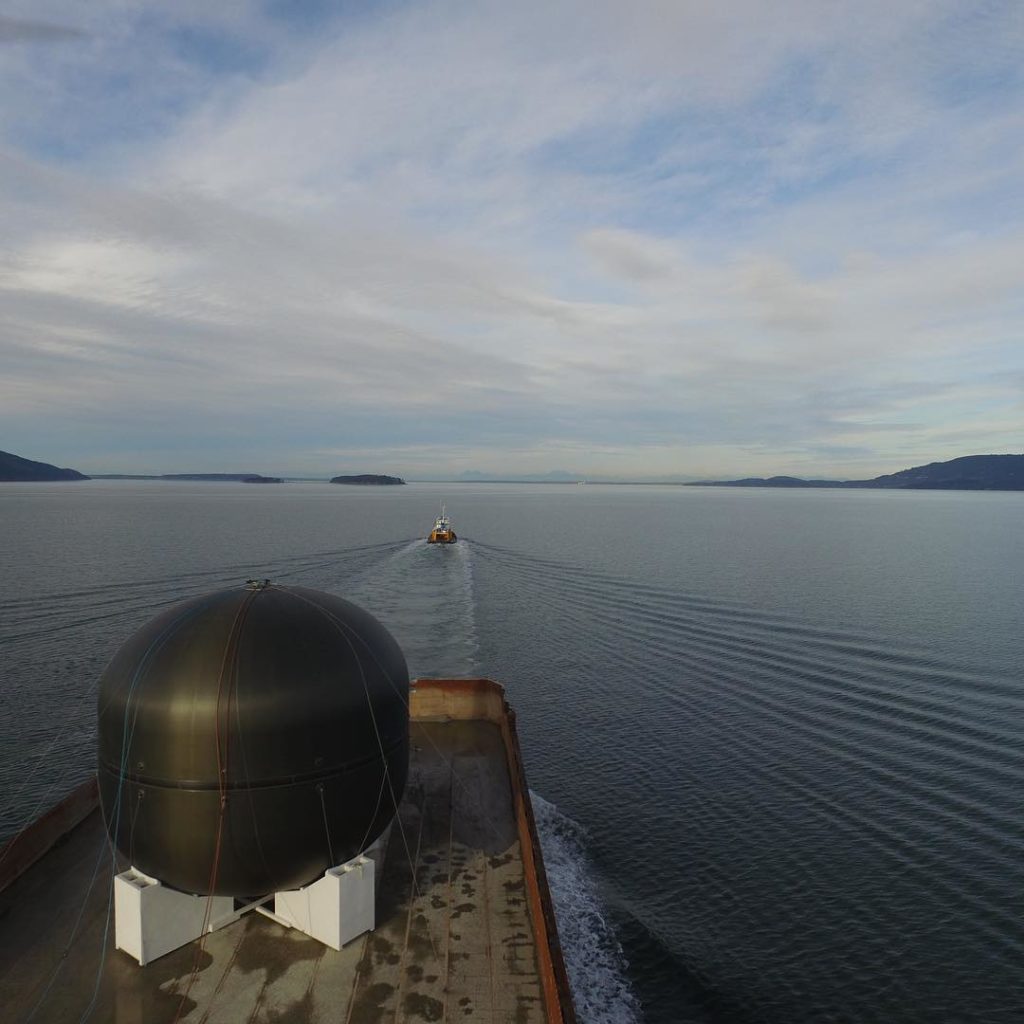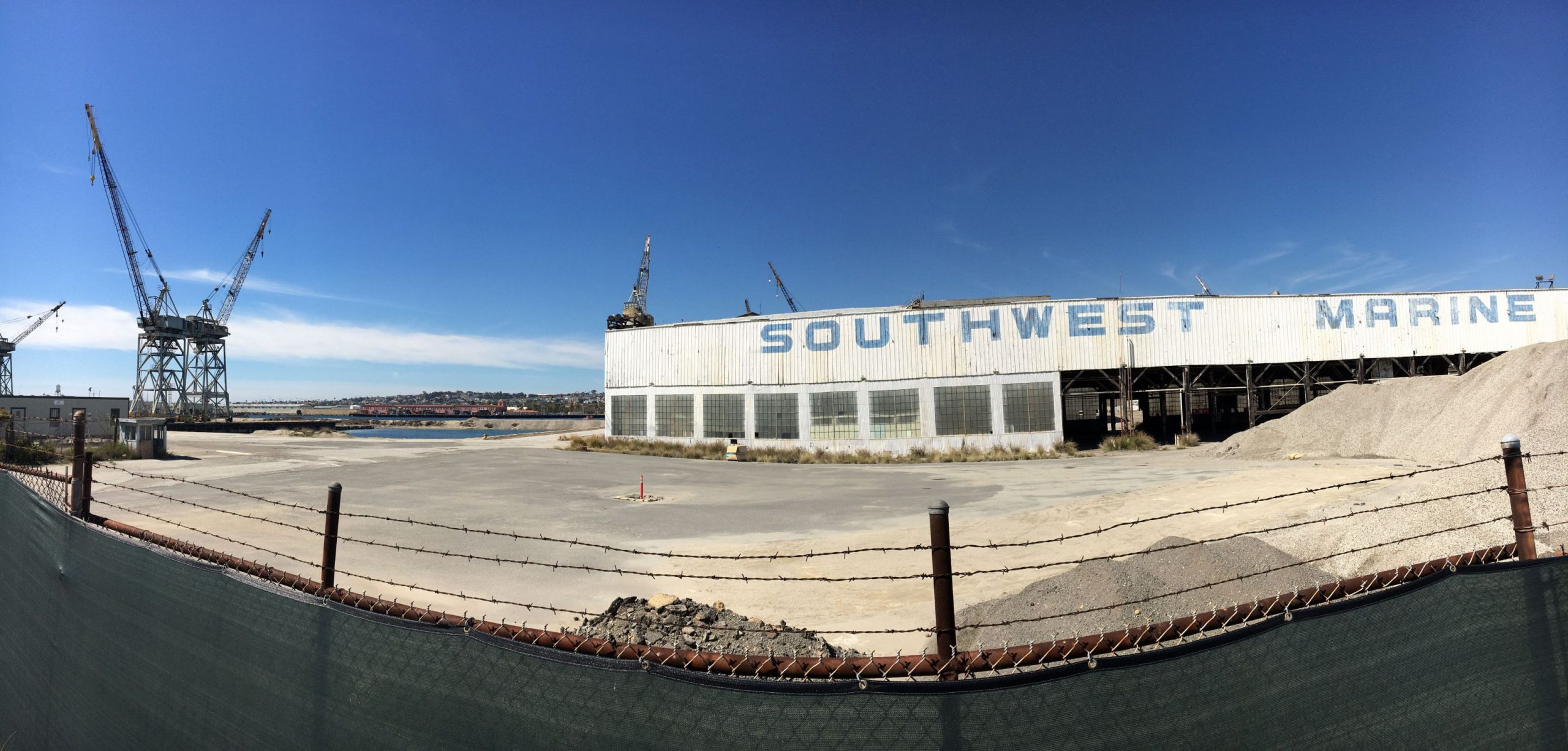
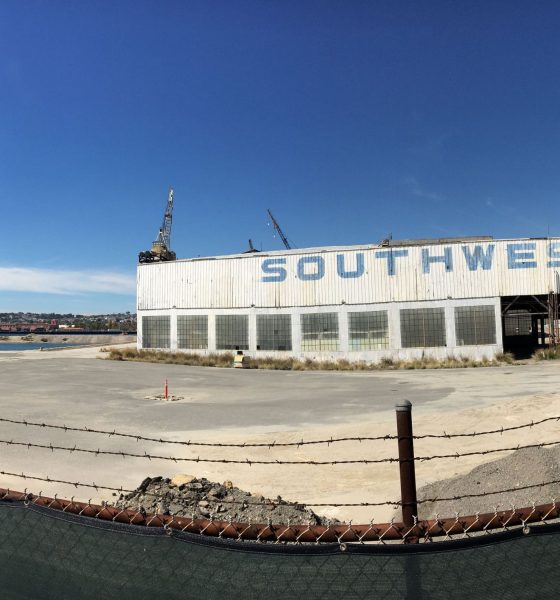
News
SpaceX’s first BFR manufacturing facility approved by the Port of LA
SpaceX has been given initial approval by the Port of Los Angeles to acquire and develop a massive vacant lot into a facility capable of manufacturing the first BFR prototypes and refurbishing the company’s reusable Falcon 9 boosters. This approval is without a doubt the biggest step forward yet for the company’s ultimate goal of sending massive spaceships to Mars.
A request summary completed on March 6 details SpaceX’s proposal, laying out a bright future of rocket manufacturing for the abandoned 18-acre lot at Berth 240, one that might soon support “composite curing, cleaning, painting, and assembly [of commercial transportation vessels]” that “would need to be transported by water due to their size.” This description meshes almost perfectly with past discussion of BFR manufacturing plans from SpaceX executives like Elon Musk and Gwynne Shotwell, both of which have in the recent past affirmed the need for any BFR manufacturing facility to be located adjacent to a large body of water due to the difficulty of transporting rocket hardware as large as BFR.
- Might those cranes be refurbished? (Pauline Acalin)
- Teslarati photographer Pauline Acalin took a trip down to the Port to take a look at the vacant lot. (Pauline Acalin)
- An outline of the Port of San Pedro lot SpaceX hopes to develop. (Port of LA)
On March 15, around a week after the environmental impact assessment gave a green light for SpaceX’s facility, Port of Los Angeles’ Board of Harbor Commissioners approved the proposal, effectively giving SpaceX permission to begin serious demolition and construction activities at Berth 240, an abandoned lot located on the San Pedro side of the greater Port of Los Angeles, which refers to both Ports of San Pedro and Long Beach. To provide context, SpaceX’s primary manufacturing facilities in Hawthorne, CA occupy 10-15 acres of urban real estate – in other words, even partial development of Berth 240’s 18 acres would mark a huge expansion of the company’s available manufacturing and refurbishment space, an absolute necessity for the construction of a launch vehicle as large as BFR.
The construction of such a facility would make it significantly easier for SpaceX to build its first BFR/BFS prototypes, avoiding the massive disruption and cost that transporting the 9m-diameter vehicle through downtown LA. Rather than dealing with that nightmare, SpaceX would instead be able to simply crane an assembled booster or spaceship onto a barge (perhaps a drone ship?) that would then ship the rocket hardware through the Panama Canal to the company’s facilities in Cape Canaveral, FL or Boca Chica, TX.
Caught a glimpse of SpaceX’s upcoming Mars facility. @teslarati #SpaceX #BFR pic.twitter.com/hNWzIL5jeH
— Pauline Acalin (@w00ki33) March 19, 2018
While it is likely to take a fair amount of time to prepare the lot for the construction of a facility capable of manufacturing advanced composite rocket components, the wording in the Port documentation also suggests that SpaceX means to transfer its Falcon 9 recovery work to the new berth as soon as it’s available. Indeed, the comparatively massive space would give SpaceX far more room for recovery operations with the drone ship Just Read The Instructions (JRTI), and could potentially become a one-stop-shop for booster recovery and refurbishment. As of now, boosters recovered on the West Coast are transported to the Hawthorne factory for all refurbishment work, operations that themselves already require brief road stoppages to accommodate the sheer size of Falcon 9. As of 2018, SpaceX is planning for BFR to be 50% taller and close to three times as wide as Falcon 9 (350 feet long and 30 feet in diameter).
Although SpaceX is specifically named in the study, the company appears to have created a distinct LLC to lease the lot, referred to as “WW Marine Composites” by the authors. At the point of publishing, WW Marine Composites does at least appear to exist, but that is the sum of all info available on the circa-2016 LLC. This obscure, stealthy LLC appears to continue SpaceX’s habit of purchasing and leasing land through shell corporations, a common behavior of businesses thanks to its tax benefits and protection against liability. Finally, an additional document from December 2017 hints that SpaceX is still working closely with Janicki Industries, a globally-renowned carbon composite structures manufacturer that SpaceX tasked with the creation of the first 12m-diameter composite tank, revealed to the surprise of almost everyone in 2016 and soon after tested to destruction in 2017.
- SpaceX’s carbon fiber Starship tank prototype, revealed during Elon Musk’s 2016 IAC presentation. (SpaceX)
- SpaceX’s massive carbon fiber liquid oxygen tank seen testing in Northern Washington. BFR’s tankage will be 25% narrower, and thus easier to manufacture. (SpaceX)
- BFR’s booster and spaceship, tiny human for scale. (SpaceX)
Regardless, it will be exciting to watch SpaceX develop what will likely become its newest property acquisition. BFR is a massive rocket and will require commensurately massive manufacturing hardware, hardware that is likely to be spotted by any number of eagle-eyed SpaceX fans and observers in the LA area. Berth 240 may also uniquely lend itself to some incredible photos of the company’s progress, thanks in part to the fact that it’s all but surrounded by shoreline that is accessible to the public. Teslarati photographer Pauline Acalin visited the site just after receiving insight on the latest development to get a feel for the location.

It’s liable (and perhaps probable) to change, but curious observer can currently walk up right beside Berth 240, a location that might soon support SpaceX’s first BFR manufacturing. (Pauline Acalin)
Follow us for live updates, behind-the-scenes sneak peeks, and a sea of beautiful photos from our East and West coast photographers.
Teslarati – Instagram – Twitter
Tom Cross – Twitter
Pauline Acalin – Twitter
Eric Ralph – Twitter

News
Tesla Cybercab tests are going on overdrive with production-ready units
Tesla is ramping its real-world tests of the Cybercab, with multiple sightings of the vehicle being reported across social media this week.

Tesla is ramping its real-world tests of the Cybercab, with multiple sightings of the autonomous two-seater being reported across social media this week. Based on videos of the vehicle that have been shared online, it appears that Cybercab tests are underway across multiple states.
Recent Cybercab sightings
Reports of Cybercab tests have ramped this week, with a vehicle that looked like a production-ready prototype being spotted at Apple’s Visitor Center in California. The vehicle in this sighting was interesting as it was equipped with a steering wheel. The vehicle also featured some changes to the design of its brake lights.
The Cybercab was also filmed testing at the Fremont factory’s test track, which also seemed to involve a vehicle that looked production-ready. This also seemed to be the case for a Cybercab that was spotted in Austin, Texas, which happened to be undergoing real-world tests. Overall, these sightings suggest that Cybercab testing is fully underway, and the vehicle is really moving towards production.
Production design all but finalized?
Recently, a near-production-ready Cybercab was showcased at Tesla’s Santana Row showroom in San Jose. The vehicle was equipped with frameless windows, dual windshield wipers, powered butterfly door struts, an extended front splitter, an updated lightbar, new wheel covers, and a license plate bracket. Interior updates include redesigned dash/door panels, refined seats with center cupholders, updated carpet, and what appeared to be improved legroom.
There seems to be a pretty good chance that the Cybercab’s design has been all but finalized, at least considering Elon Musk’s comments at the 2025 Annual Shareholder Meeting. During the event, Musk confirmed that the vehicle will enter production around April 2026, and its production targets will be quite ambitious.
News
Tesla gets a win in Sweden as union withdraws potentially “illegal” blockade
As per recent reports, the Vision union’s planned anti-Tesla action might have been illegal.

Swedish union Vision has withdrawn its sympathy blockade against Tesla’s planned service center and showroom in Kalmar. As per recent reports, the Vision union’s planned anti-Tesla action might have been illegal.
Vision’s decision to pull the blockade
Vision announced the blockade in early December, stating that it was targeting the administrative handling of Tesla’s facility permits in Kalmar municipality. The sympathy measure was expected to start Monday, but was formally withdrawn via documents sent to the Mediation Institute and Kalmar Municipality last week.
As noted in a Daggers Arbete report, plans for the strike were ultimately pulled after employer group SKR highlighted potential illegality under the Public Employment Act. Vision stressed its continued backing for the Swedish labor model, though Deputy negotiation manager Oskar Pettersson explained that the Vision union and IF Metall made the decision to cancel the planned strike together.
“We will not continue to challenge the regulations,” Petterson said. “The objection was of a technical nature. We made the assessment together with IF Metall that we were not in a position to challenge the legal assessment of whether we could take this particular action against Tesla. Therefore, we chose to revoke the notice itself.”
The SKR’s warning
Petterson also stated that SKR’s technical objection to the Vision union’s planned anti-Tesla strike framed the protest as an unauthorized act. “It was a legal assessment of the situation. Both for us and for IF Metall, it is important to be clear that we stand for the Swedish model. But we should not continue to challenge the regulations and risk getting judgments that lead nowhere in the application of the regulations,” he said.
Vision ultimately canceled its planned blockade against Tesla on December 9. With Vision’s withdrawal, few obstacles remain for Tesla’s long-planned Kalmar site. A foreign electrical firm completed work this fall, and Tesla’s Careers page currently lists a full-time service manager position based there, signaling an imminent opening.
News
Tesla Semi program Director teases major improvements
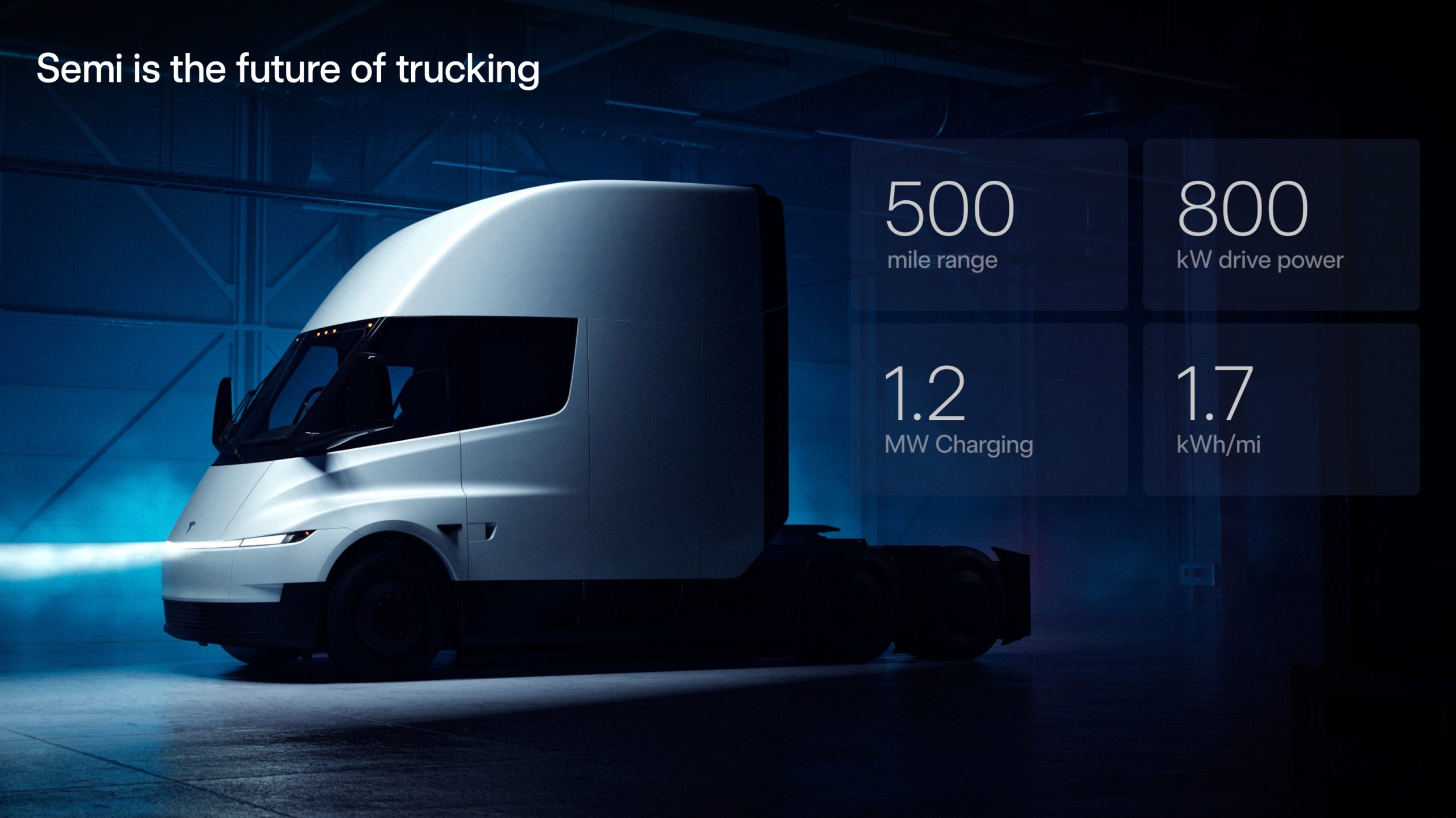
Tesla Semi Program Director Dan Priestly teased the major improvements to the all-electric Class 8 truck on Thursday night, following the company’s decision to overhaul the design earlier this year.
Priestley said he drove the Semi on Thursday, and the improvements appear to be welcomed by one of the minds behind the project. “Our customers are going to love it,” he concluded.
Just drove the redesigned Semi. Our customers are going to love it. https://t.co/KZ88sf1CDL
— Dan Priestley (@danWpriestley) December 19, 2025
The small detail does not seem like much, but it is coming from someone who has been involved in the development of the truck from A to Z. Priestley has been involved in the Semi program since November 2015 and has slowly worked his way through the ranks, and currently stands as the Director of the program.
Tesla Semi undergoes major redesign as dedicated factory preps for deliveries
Tesla made some major changes to the Semi design as it announced at the 2025 Annual Shareholder Meeting that it changed the look and design to welcome improvements in efficiency.
Initially, Tesla adopted the blade-like light bar for the Semi, similar to the one that is present on the Model Y Premium and the Cybertruck.
Additionally, there are some slight aesthetic changes to help with efficiency, including a redesigned bumper with improved aero channels, a smaller wraparound windshield, and a smoother roofline for better aero performance.
All of these changes came as the company’s Semi Factory, which is located on Gigafactory Nevada’s property, was finishing up construction in preparation for initial production phases, as Tesla is planning to ramp up manufacturing next year. CEO Elon Musk has said the Semi has attracted “ridiculous demand.”
The Semi has already gathered many large companies that have signed up to buy units, including Frito-Lay and PepsiCo., which have been helping Tesla test the vehicle in a pilot program to test range, efficiency, and other important metrics that will be a major selling point.
Tesla will be the Semi’s first user, though, and the truck will help solve some of the company’s logistics needs in the coming years.
